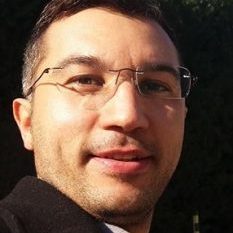Preface
Introduction
Text organization and author’s warnings
Chapter 1
From analysis to theory
1.1. A world of theories: systems of analysis in the history of music
1.2. From bio-musicology to new hypothesis
1.3. A new composition theory: between chemistry and physics
1.4. From the quantization of waves to the logo-boson constant
Conclusions
Chapter 2
From the gene FOXP2 to the silence of DNA
2.1 Inside the human being: the gene of musical language
2.2 Music, language and modularity in action (I. Peretz)
2.3. Music in language and language in music
2.4. Music and language (S. Feld and A. Fox)
2.5. Language, music and mind: a theoretical approach to optimization (J. Katz)
2.6. Electronic music for bio-molecules through musical phrases (X.J. Shi, Y.Y. Cai and C.W. Chan)
2.7. DNA and musical composition (A. Mihalic)
Chapter 3
Artificial musical composition
3.1 Musical and artificial intelligence
3.2 Cognitive musical science (M. Pierce and M. Rohrmeier)
3.3. Music as a universal and widespread human characteristic
3.4. Music as a cognitive complex system
3.5. Sensory descriptors based on a language related to robots
3.6. Musical composition by autonomous robots: AIBO (Sony)
3.7. ASIMO (Honda)
Chapter 4
From theory to analysis
4.1 The chaotic systems as simple/complex compositional algorithms (R. Bidlack)
4.2 Nature, music and algorhithmic composition (J. Leach and J. Fitch)
4.3. Mechanic methods of construction: X Composer software
4.4. Fractal music
Chapter 5
A new theoretical universe
5.1. Introduction
5.2 A brief (modern) history about space concepts in music
5.3 The new “logo-spatiotemporal” system by Giuseppe Monetti
5.4 A summary of the logo-genetic theory of composition
5.5. An analysis to structure the logo-gravitational perspective
5.6. Considerations about the logo-universe
5.7 Some examples of l-dna around the world
5.8. The first project with the l-dna: the little logo-boson
5.9. Sequencing and bioinformatics analysis of the logo-genome
5.10 Clarifications: simple and quick steps
5.11. A view from above
5.12 Symbolism and final observations
Brief scientific glossary
Bibliography
Thanks
 The secret of music: L-Dna
The secret of music: L-Dna

